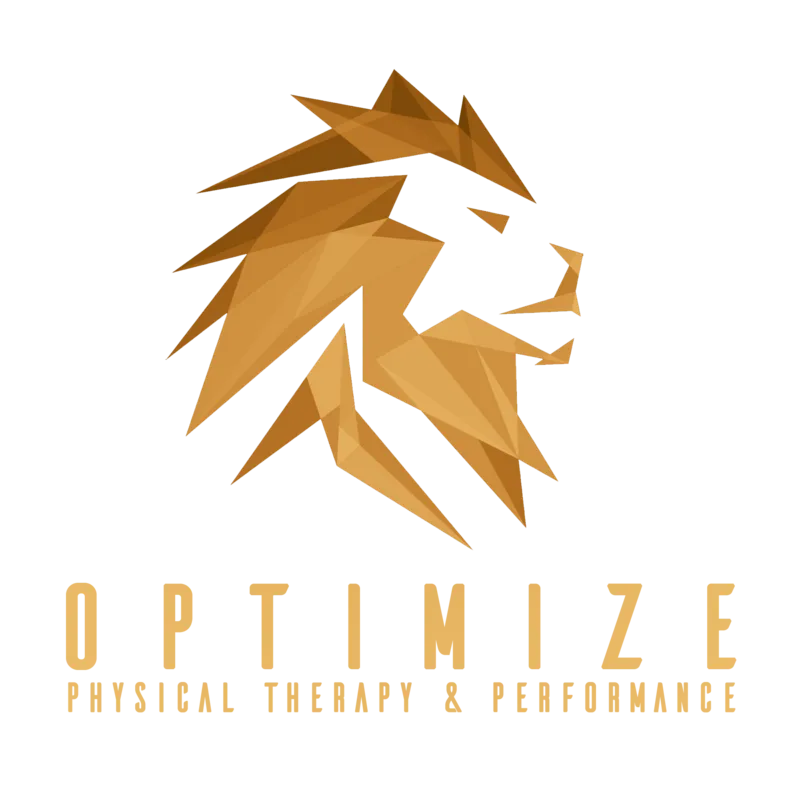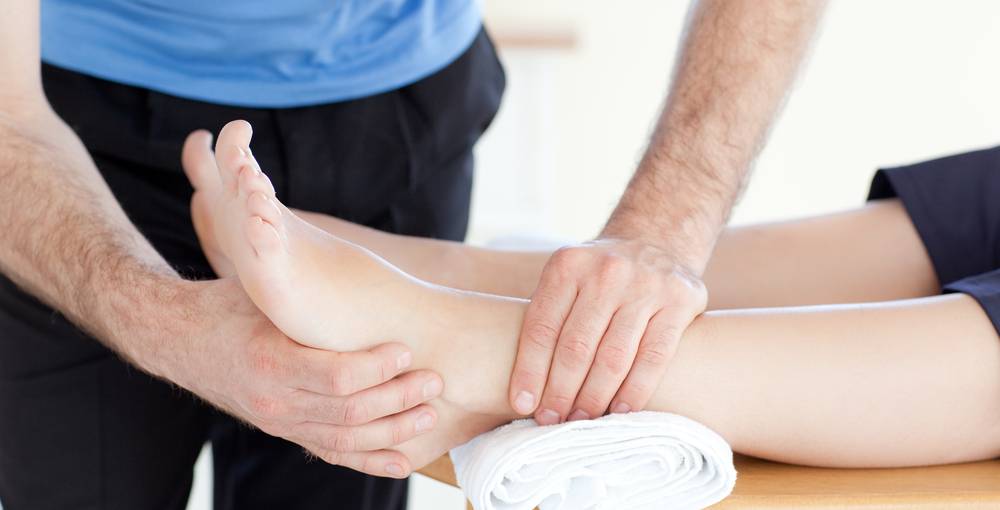Manual therapy is a hands-on treatment that can be used to relieve pain, increase mobility, reduce swelling and inflammation, as well as assist you in reaching other objectives. Techniques may differ based on the area being treated, but all are designed with biomechanical, neurophysiological and psychological elements in mind. Some techniques target articular structures to increase mobility and range of motion for certain musculoskeletal conditions, while others target neurovascular bundles to improve blood flow to tissues.
How do I know if manual therapy is right for me?
Manual therapy is an umbrella term for the variety of treatments utilized by physical therapists. These may include massage, joint mobilization, soft tissue techniques, strain-counterstrain techniques, active release techniques (ARTs), and muscle energy methods to name a few. To determine if manual therapy is right for you, speak to your therapist and have them provide an evaluation. Your therapist should then craft a treatment plan tailored specifically towards your individual needs and objectives.
A good therapist should also be willing to accommodate your schedule in order to provide the care you require. If you are not satisfied with the first therapist you see, switching can easily be done within the same clinic. PT 360° Sports Medicine & Spine Therapy is an ideal choice for many when it comes to treating pain. Not only does it improve mobility and strength, but also decrease sensation of discomfort – all of which are invaluable benefits for those living with chronic discomfort.
What are the benefits of manual therapy?
Manual therapy is a hands-on technique used by your physical therapist to increase joint flexibility, alignment and movement. This involves several measured movements with varying force and speed. These techniques help relieve pain, increase range of motion and enhance mobility. Furthermore, they may break up scar tissue and ease muscle spasms.
Manual therapy is a general term for various treatments used by physical therapists, massage therapists, and chiropractors to enhance function and quality of life. It focuses on biomechanical, neurophysiological, and psychological factors to achieve these improvements. Treatment methods vary between therapists, depending on the area being treated. Joint mobilization techniques apply targeted pressure to an affected joint in order to increase mobility and reduce pain; soft tissue techniques target adhesions in muscles, ligaments, and fascia. Learn more about manual therapy here.
How long will it take for manual therapy to work?
Manual therapy is a type of physical therapy that utilizes your hands instead of machines or other tools. It works to reduce pain, increase mobility, limit swelling and inflammation, as well as enhance flexibility. Your therapist may employ manual therapy techniques like joint mobilization and soft tissue massage to help you move better, increase flexibility and restore function. These can be especially beneficial for people who have limited movement or pain in their joints, as well as those recovering from more serious injuries.
Typically, you should begin to feel relief after just one session of manual therapy. This type of movement involves precise changes in force, speed and distance that loosen tight tissues around a joint, reduce pain and improve flexibility and alignment. For those who require specialized care, pediatric physical therapy is also available.
What if I don’t respond to manual therapy?
Typically, it takes several sessions of manual therapy for a patient’s body to respond and adjust to the treatment and its effects. This is especially true for more passive methods like joint mobilization or manipulation that require more active involvement from the therapist. However, it’s essential to remember that these techniques are usually combined with more active therapy techniques like strengthening and balance training. These treatments aim to enhance your movement while decreasing pain levels.
Studies have been published on the neurophysiological effects of mechanical stimulation. This complex model integrates EMG activity, muscle spasm, range of motion and inflammatory responses. If you have any questions or concerns, feel free to contact us for more information and guidance.


